By Carolyn Kormann
 Every year, an estimated eight million metric tons of land-based plastic enters the world’s oceans. But when marine researchers have measured how much of this plastic is floating on the water’s surface, swirling in offshore gyres—most notably, the so-called Great Pacific Garbage Patch, between Hawaii and California—they have only found quantities on the order of hundreds of thousands of tons, or roughly one per cent of all the plastic that has ever gone into the ocean. Part of the explanation for this is that all plastic eventually breaks down into microplastic, and, although this takes some polymers decades, others break down almost immediately, or enter the ocean as microplastic already (like the synthetic fibres that pill off your fleece jacket or yoga pants in the washing machine). Scientists have recently found tiny pieces of plastic falling with the rain in the high mountains, including France’s Pyrenees and the Colorado Rockies. British researchers collected amphipods (shrimplike crustaceans) from six of the world’s deepest ocean trenches and found that eighty per cent of them had microplastic in their digestive tracts. These kinds of plastic fibres and fragments are smaller than poppy seeds and “the perfect size to enter the bottom of the food web,” as Jennifer Brandon, an oceanographer at the Scripps Institution of Oceanography, told me. “They have been shown to be eaten by mussels, by coral, by sea cucumbers, by barnacles, by lots of filter-feeding plankton.”
Every year, an estimated eight million metric tons of land-based plastic enters the world’s oceans. But when marine researchers have measured how much of this plastic is floating on the water’s surface, swirling in offshore gyres—most notably, the so-called Great Pacific Garbage Patch, between Hawaii and California—they have only found quantities on the order of hundreds of thousands of tons, or roughly one per cent of all the plastic that has ever gone into the ocean. Part of the explanation for this is that all plastic eventually breaks down into microplastic, and, although this takes some polymers decades, others break down almost immediately, or enter the ocean as microplastic already (like the synthetic fibres that pill off your fleece jacket or yoga pants in the washing machine). Scientists have recently found tiny pieces of plastic falling with the rain in the high mountains, including France’s Pyrenees and the Colorado Rockies. British researchers collected amphipods (shrimplike crustaceans) from six of the world’s deepest ocean trenches and found that eighty per cent of them had microplastic in their digestive tracts. These kinds of plastic fibres and fragments are smaller than poppy seeds and “the perfect size to enter the bottom of the food web,” as Jennifer Brandon, an oceanographer at the Scripps Institution of Oceanography, told me. “They have been shown to be eaten by mussels, by coral, by sea cucumbers, by barnacles, by lots of filter-feeding plankton.”

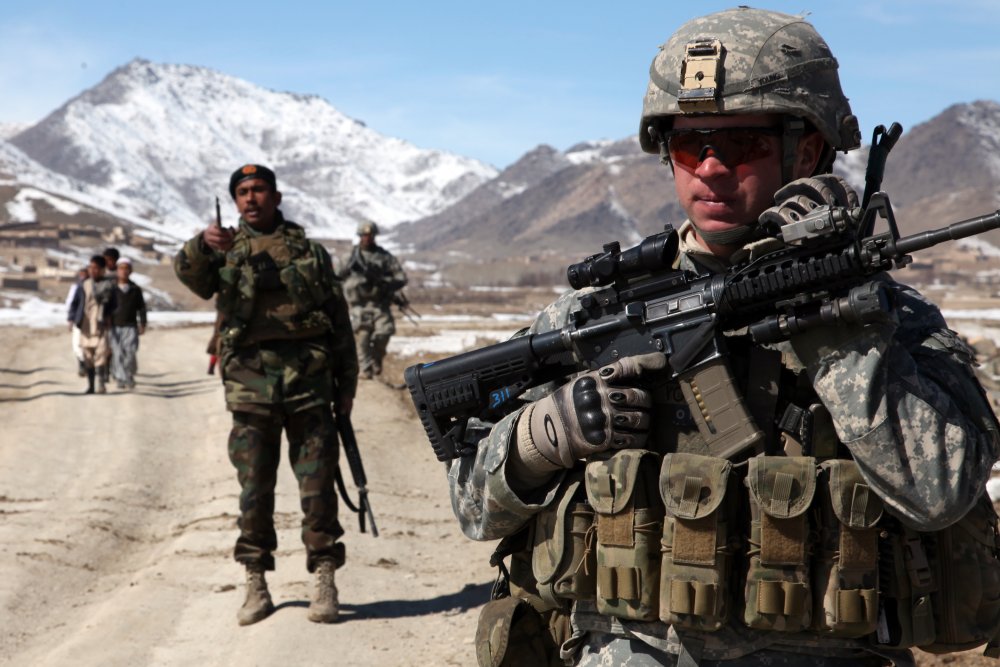





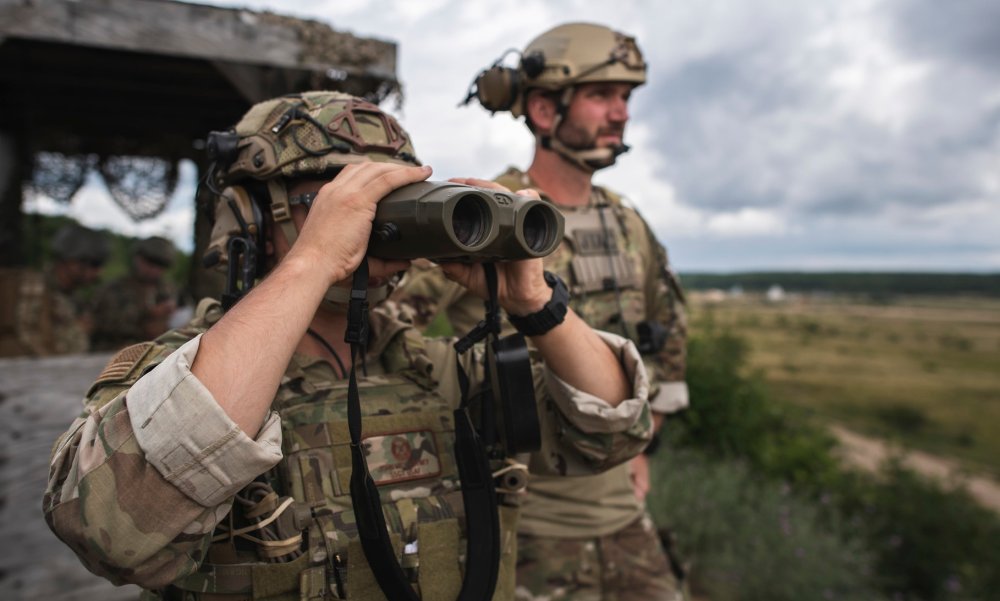


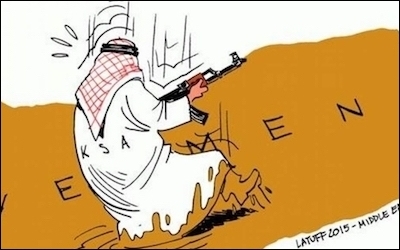




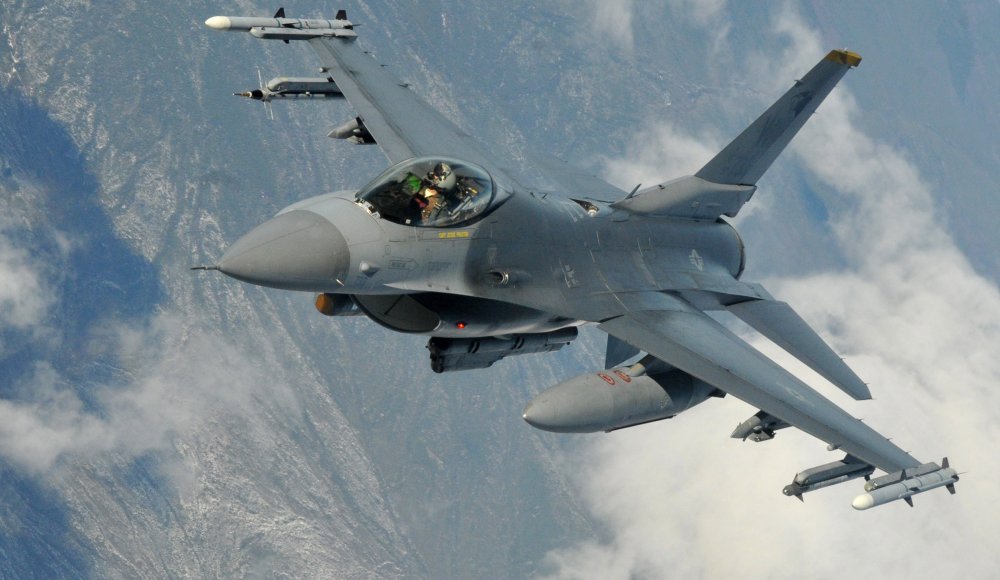



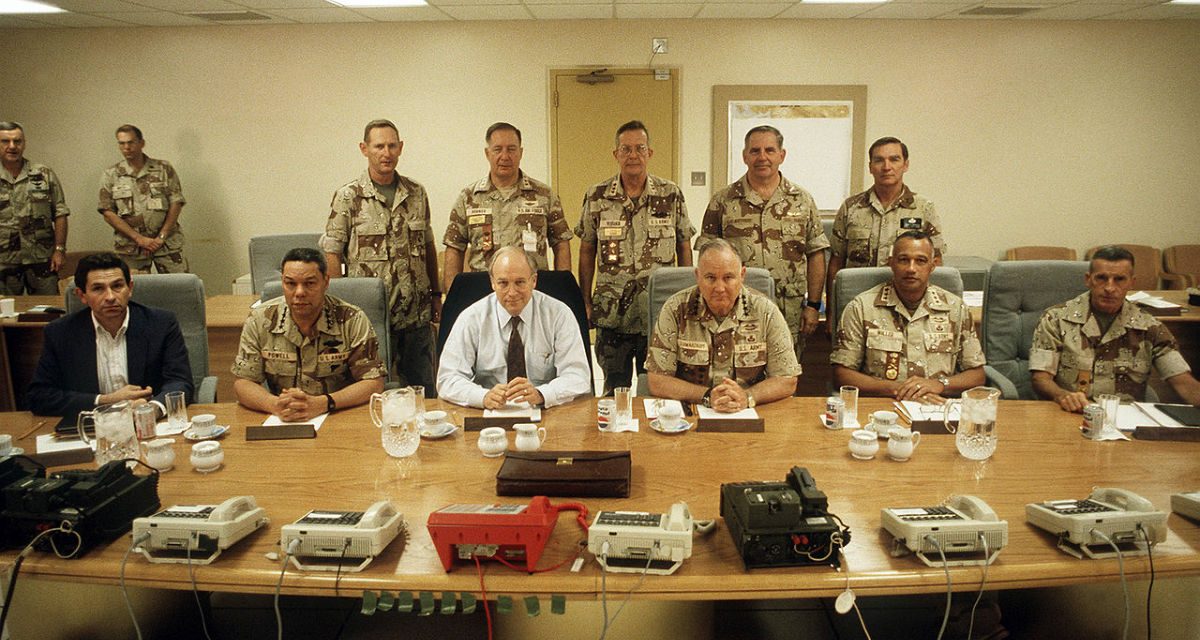



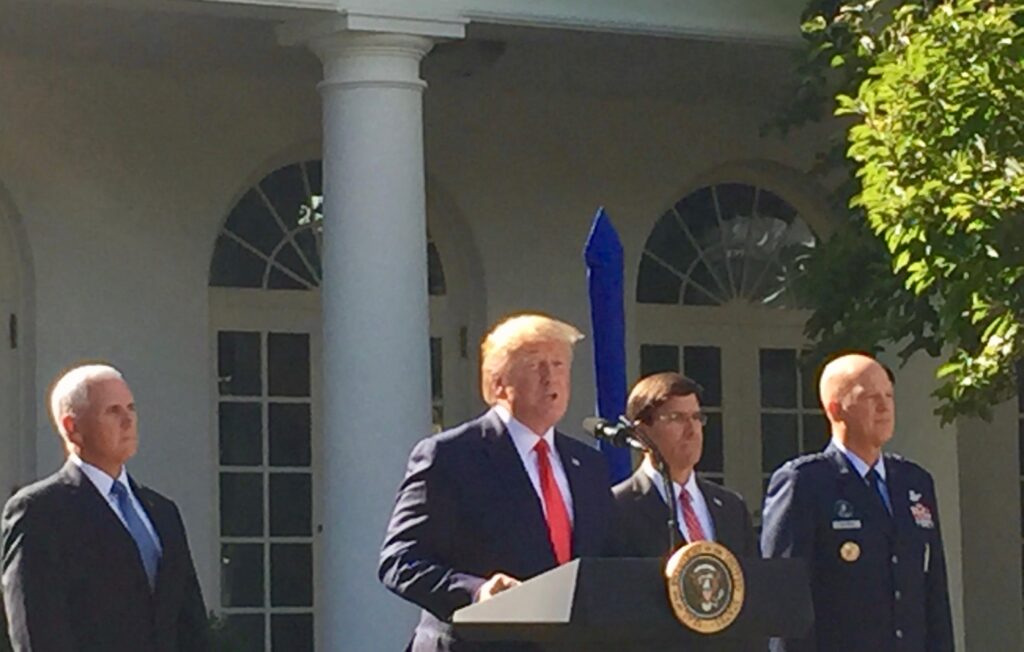


/arc-anglerfish-arc2-prod-mco.s3.amazonaws.com/public/IFGBV5NNXRCDLKVLFJI2ZUGNUE.jpg)
